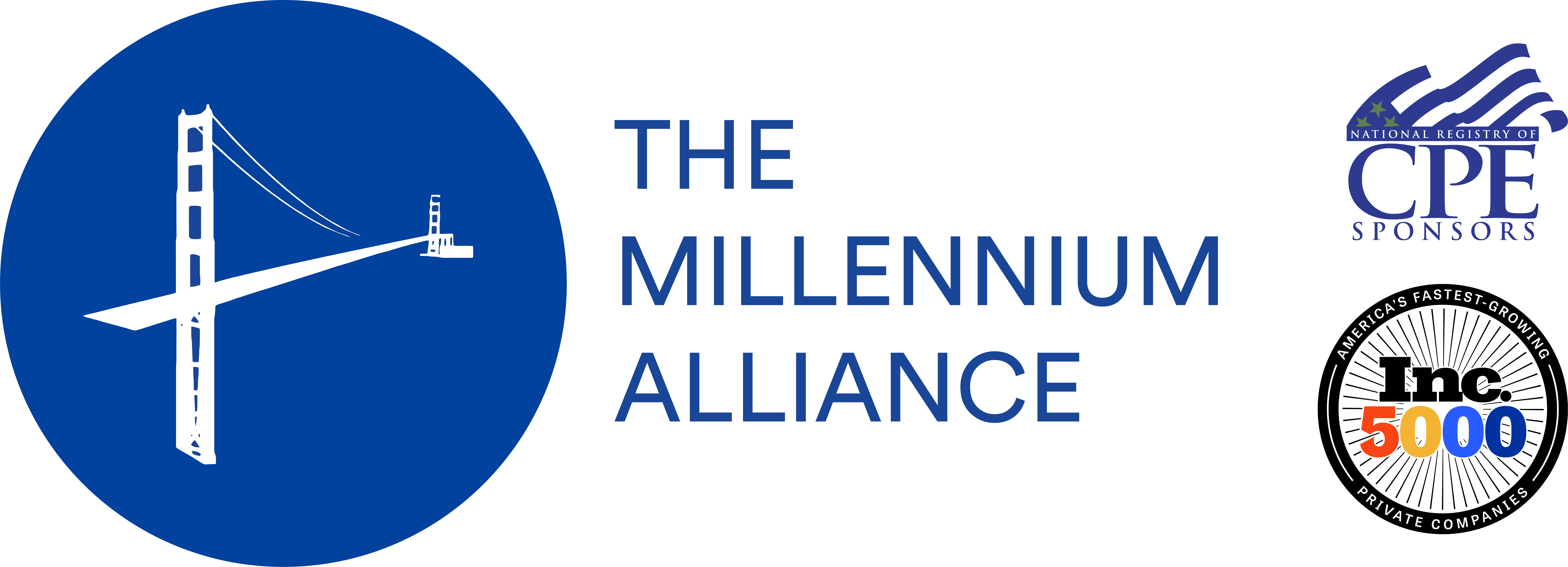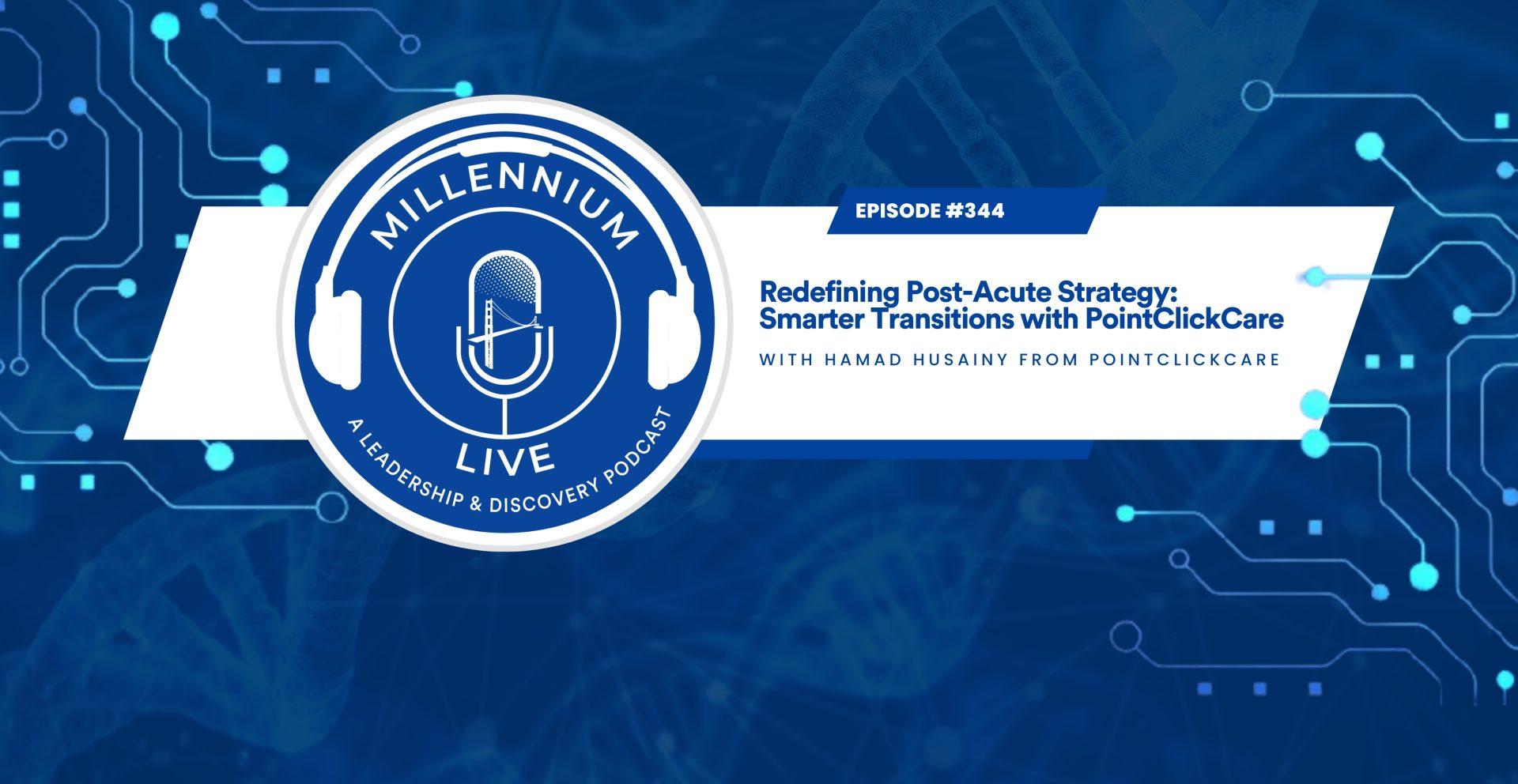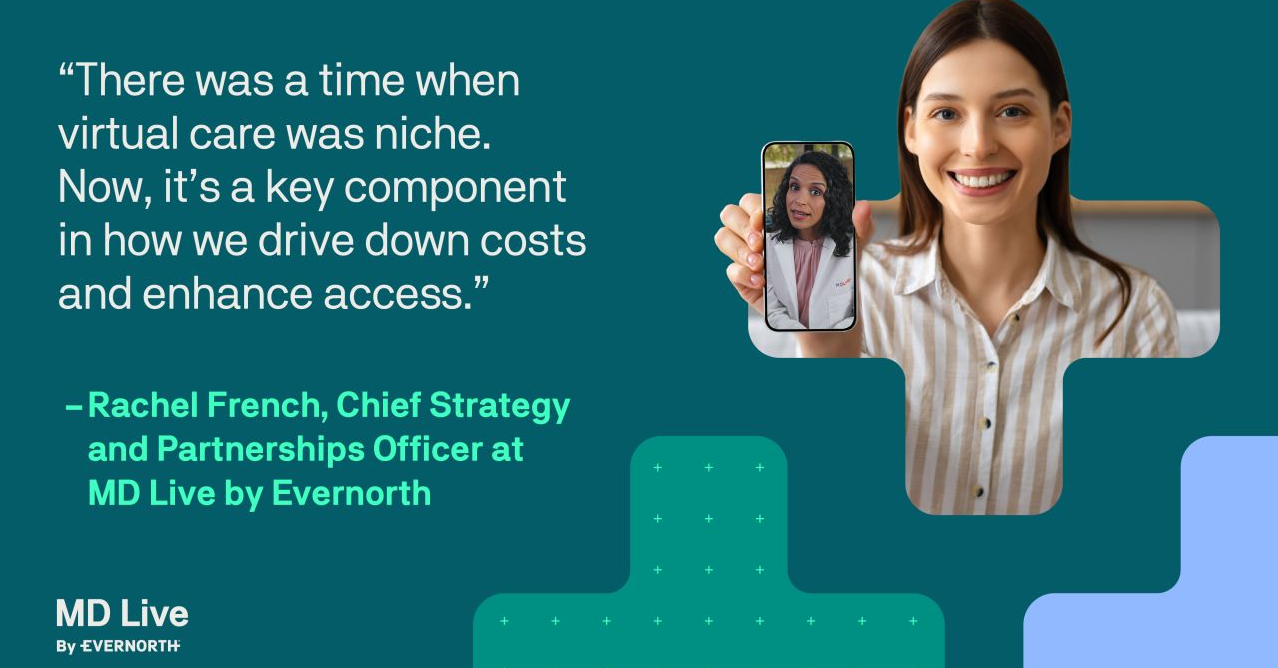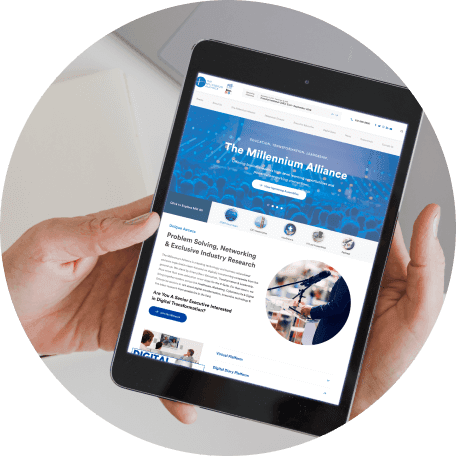This blog post was originally published on FierceHealthcare and has been republished with VirtualHealth’s permission. Written by: Mirabelle Cabiling, RN, CCN.
Care management has emerged as an evidence-based practice for improving patient care outcomes across the continuum of health. Clinical studies have shown the power of care management in promoting high quality, patient-centric care. Working as a nurse across a variety of care delivery settings, I witnessed the power of care and case management first-hand, from inpatient to outpatient to home care. Although I enjoyed my job and believed in my work, I experienced some of the industry’s biggest challenges.
Care managers continue to spend their days juggling between multiple tasks and constantly re-prioritizing work based on the acuity of patient care needs. With the ratio of members per care manager increasing, along with the necessity to abide by federal and state regulatory guidelines, the responsibilities and scope of practice for care managers continue to evolve and become more complex. Therefore, having a care management platform that can keep up with these and other rapid changes within healthcare is crucial. The question is: how can today’s platforms and processes work harder to meet care manager needs?
At VirtualHealth we have collected qualitative insights from care managers at different organizations to gain insight into how we can better serve care managers. The following is a review of the top three reasons cited for friction in performing day-to-day care management. Additional insights have been added based on my nursing experience and extensive discussions with practicing nurse care and case managers.
A Platform that’s Comprehensive, but Too Complicated
In 2003, the Institute of Medicine (IOM) listed the eight-core functionalities EHR systems require: health information and data, result management, order management, decision support, electronic communication and connectivity, patient support, administrative processes and reporting, and population health. These robust datasets are relevant to patient care, so CM platforms must ingest them. On top of this, Health IT companies layer care management platforms with additional programs, processes, and population management capabilities that must be regularly monitored and revised. Unfortunately, many of today’s platforms were not designed with the end-user in mind. This massive volume of health data can easily clutter an interface and overwhelm a user, requiring practiced, skillful navigation, even for something as simple as clinical documentation.
A complicated interface means that it takes an average of at least two weeks of dedicated platform training for newly hired CM staff in a health care organization, not including any additional training that the health plan requires on plan-specific workflows. Even after robust training and re-training, many CM staff continue to struggle with sorting through a complicated and bulky platform. Too many clicks and steps to complete a single task frustrates users and forces CM staff to lose efficiency.
Having a simple user interface designed with the needs of the care manager in mind not only ensures that CM staff is able to access all necessary information with one or two clicks but also cuts down on training and re-training. Clean and simplified digital workspaces help members of the care team focus on what they do–best: coordinating patient-centered care, critical thinking, care planning, and reinforcing health education for patients and their families.
Filling Gaps with Disconnected Solutions
A platform may seem comprehensive, but having specific needs often means that care managers must fill gaps in their solutions with additional tools. On average, care managers reported using at least three applications daily to support CM activities, with some users juggling up to five or more applications. In many cases, care managers still use non-electronic tools, like a filing system, to organize resources. One inpatient care manager even reported having to manage an oversized desk file organizer with their list of preferred providers in order to expedite coordinating discharge orders. Even in a paperless environment, CM staff have been using Excel, Word, and SharePoint sites in conjunction with the main CM platform and internet phone systems.
Beyond the increased risk of human error, using multiple applications may present an increased risk with an unintended HIPAA breach. Another concern relates to duplicative documentation, due to the lack of pathways for bidirectional communication. Each system has to be accessed separately, forcing care managers to copy and paste relevant information between systems.
Plugging care managers into a comprehensive ecosystem through a single application is key to alleviating these pain points and filling gaps in workflows. Solutions must be both flexible and robust to act as the sole workbench that care managers can utilize for their range of duties.
Lack of Synergy Between Process and Platform
Friction can originate both from the platform and from the organizational processes that surround it. Rigid clinical informatics infrastructures at health care organizations can mean a struggle to keep up with the rapid changes in industry standards and regulations. For example, something as straightforward as updating one existing comprehensive assessment for telephonic outreach may require multiple interdepartmental meetings prior to implementation, causing significant delays. After managerial approval, a simple update to a workflow can still take months due to the lack of the platform’s flexibility to reflect the necessary changes. Because some changes have time-sensitive regulatory requirements, care managers reported being trained on a “workaround” process as they waited on the official roll-out of the updated workflow. Another common business practice in healthcare organizations is the use of independent applications per department, with systems rarely communicating across departments. Users require cross-training to learn different systems that they may use less frequently. Duplicative documentation is, once again, common in capturing all clinical updates throughout cross-department applications.
Technology is only as effective as its users. Organizations need to be willing to adapt and demand that their solutions rapidly change with them. Platforms must be built for the needs of today, but with the power to adapt to the unforeseen challenges of tomorrow. An ideal solution should be configurable and minimally disruptive to the business as the organization evolves and implements new processes.
Embracing Change to Empower Care Managers
Care managers are driven to help their patients, but spending valuable hours managing inefficient tools takes time away from sound decision-making processes and leads to clinician burnout, often recognized as an industry barrier to providing quality care. The dynamic healthcare industry demands intelligent solutions to meet stricter quality care-based measures. Robust solutions, however, do not have to be complicated to be highly effective. For an organization to succeed in avoiding burnout, care managers need: 1) a platform that is easy-to-navigate, but still comprehensive, 2) a unified, company-wide ecosystem, and 3) a solution that is configurable enough to adapt to change.
It is time to increase efficiency, simplify workflows, and lower learning curves. By taking a pulse and self-evaluating, organizations can begin to empower their care managers and deliver more positive healthcare outcomes.
ABOUT VIRTUALHEALTH 
HELIOS by VirtualHealth is the first comprehensive care management platform purpose-built to power the entire ecosystem of value-based care. Utilized by some of the most innovative health plans in the country to manage millions of members, HELIOS streamlines person-centered care with intelligent case and disease management workflows, unmatched data integration, broad-spectrum collaboration, patient engagement, and configurable analytics and reporting. Named the 39th fastest growing company in North America by Deloitte in 2018, VirtualHealth empowers healthcare organizations to achieve enhanced outcomes while maximizing efficiency, improving transparency, and lowering costs. For more information, visit www.virtualhealth.com.
ABOUT HEALTHCARE PAYERS TRANSFORMATION ASSEMBLY

The Millennium Alliance is pleased to announce that application for the Healthcare Payers Transformation Assembly is now open. North America’s most prominent IT and business leaders from the Healthcare Insurance industry will be gathering to discuss how to adapt to the industry’s customer-centric makeover.
Are you interested in becoming a sponsor for this event? Click here today to learn more >>
Are you interested in attending this event? Inquire here today to find out if you qualify for Millennium Membership >>














